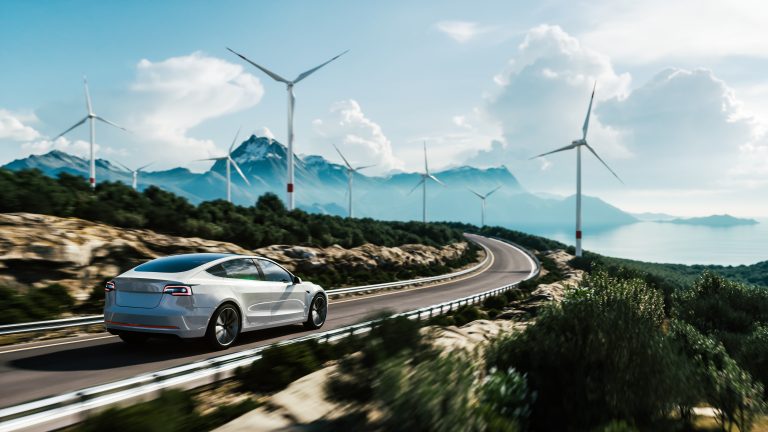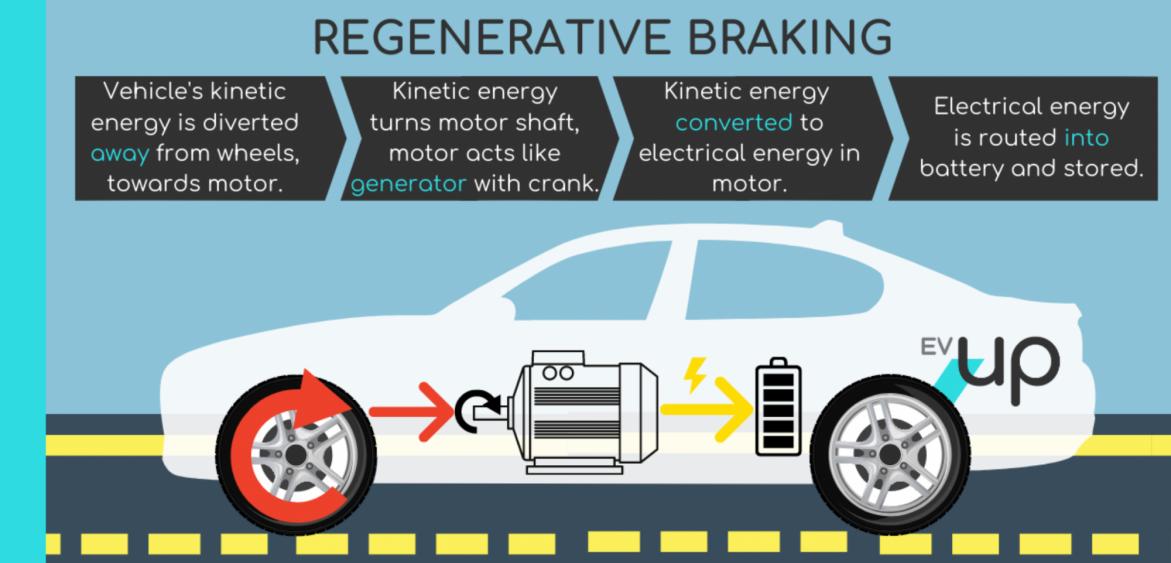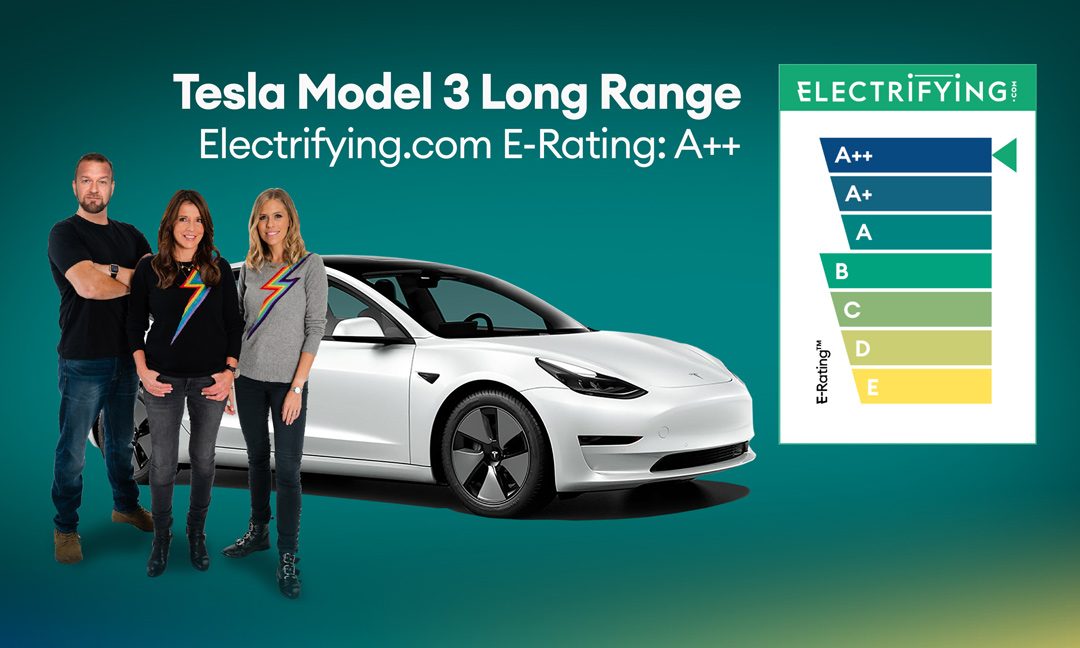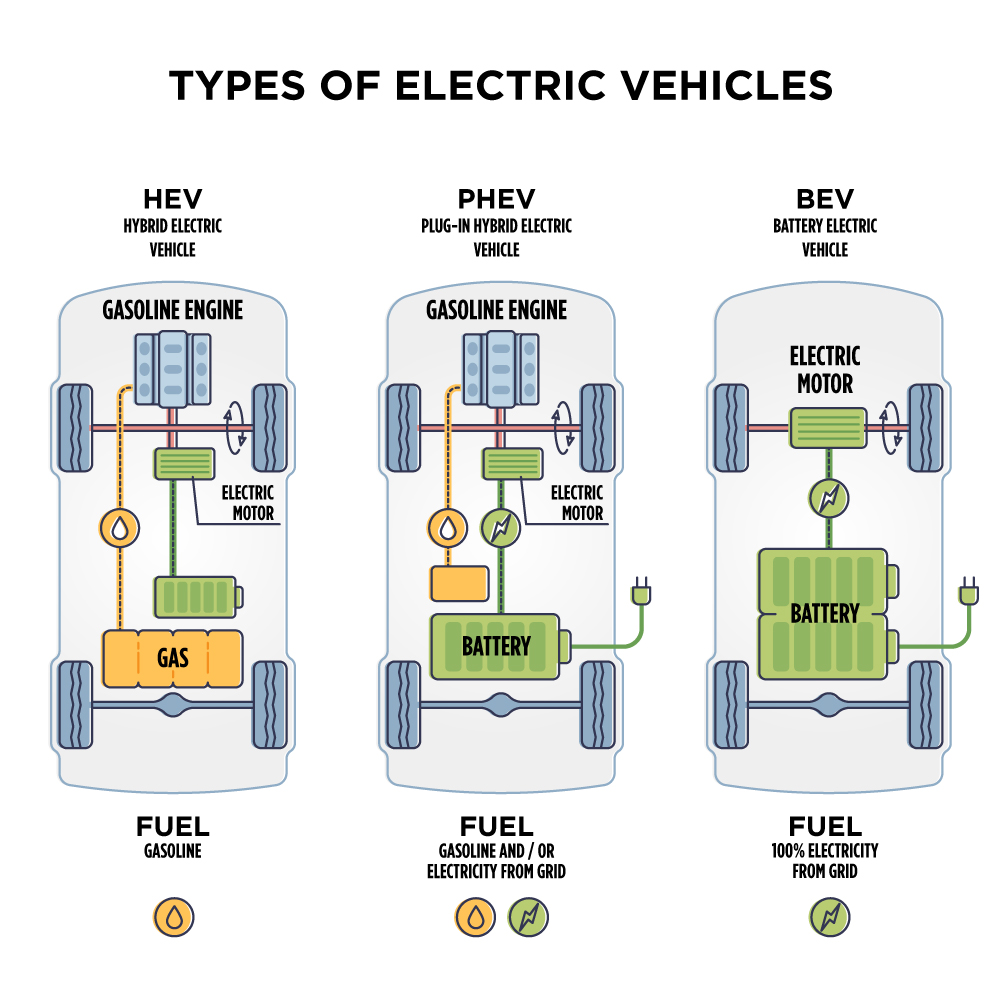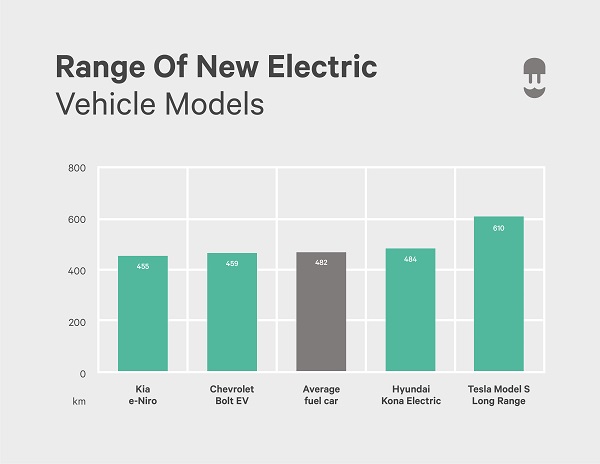Unlocking the Full Potential of Your Electric Vehicle
Electric vehicle efficiency optimization is crucial for maximizing the performance and range of your EV. By implementing a few simple strategies, you can significantly improve your vehicle’s efficiency, reducing energy consumption and increasing its overall range. In this article, we will provide actionable tips and strategies for optimizing your electric vehicle’s efficiency, helping you to get the most out of your vehicle.
Electric vehicles have become increasingly popular in recent years, thanks to their environmental benefits and lower operating costs. However, to fully realize the potential of your EV, it’s essential to optimize its efficiency. This involves understanding the key factors that affect your vehicle’s efficiency, including battery health, driving habits, terrain, and climate.
By optimizing your electric vehicle’s efficiency, you can enjoy a range of benefits, including improved performance, increased range, and reduced energy consumption. This not only saves you money on fuel costs but also reduces your carbon footprint, making it a more sustainable choice for the environment.
In the following sections, we will delve into the key factors that affect electric vehicle efficiency, providing tips and strategies for optimizing your vehicle’s performance. From maintaining and optimizing battery health to adjusting your driving habits and planning the most efficient route, we will cover everything you need to know to get the most out of your electric vehicle.
Understanding Electric Vehicle Efficiency: Key Factors to Consider
Electric vehicle efficiency is influenced by a combination of factors, including battery health, driving habits, terrain, and climate. Understanding these factors is crucial for optimizing EV performance and achieving maximum efficiency. In this section, we will delve into each of these factors, exploring how they impact electric vehicle efficiency and providing tips on how to mitigate their effects.
Battery health is a critical factor in electric vehicle efficiency. A healthy battery is essential for optimal performance, as it enables the vehicle to store and release energy efficiently. Factors such as charging habits, temperature, and age can all impact battery health, and understanding how to maintain and optimize battery health is vital for maximizing EV efficiency.
Driving habits also play a significant role in electric vehicle efficiency. Aggressive driving, such as rapid acceleration and braking, can reduce efficiency, while smooth and consistent driving can help to maximize range. Additionally, factors such as terrain and climate can also impact efficiency, with hilly or mountainous terrain and extreme temperatures reducing range and efficiency.
By understanding these key factors and how they impact electric vehicle efficiency, drivers can take steps to optimize their vehicle’s performance and achieve maximum efficiency. This includes adopting efficient driving habits, maintaining and optimizing battery health, and planning routes that minimize the impact of terrain and climate.
In the next section, we will explore how to optimize electric vehicle battery health, providing tips and strategies for maintaining and optimizing battery performance. By implementing these strategies, drivers can help to maximize their vehicle’s efficiency and achieve optimal performance.
How to Optimize Your Electric Vehicle’s Battery Health
Optimizing your electric vehicle’s battery health is crucial for maximizing its efficiency and overall performance. A well-maintained battery can help to extend the vehicle’s range, reduce energy consumption, and improve its overall efficiency. In this section, we will provide tips and strategies for maintaining and optimizing electric vehicle battery health.
Proper charging techniques are essential for maintaining battery health. Avoiding extreme temperatures, such as leaving your vehicle in direct sunlight or in freezing temperatures, can help to prolong battery life. Additionally, monitoring your battery’s state of charge can help to prevent overcharging, which can reduce battery lifespan.
It’s also important to keep your battery software up to date, as updates can often include improvements to battery management and efficiency. Regularly checking and maintaining your vehicle’s tire pressure can also help to improve efficiency, as underinflated tires can reduce range and increase energy consumption.
Another key factor in maintaining battery health is avoiding deep discharging, which can cause stress to the battery cells. Try to keep your battery level between 20% and 80% charged, as this can help to prolong its lifespan. Additionally, avoiding rapid charging can also help to reduce stress on the battery cells.
By following these tips and strategies, you can help to optimize your electric vehicle’s battery health, maximizing its efficiency and overall performance. In the next section, we will explore how to adjust your driving habits to maximize electric vehicle efficiency, including smooth acceleration, maintaining a consistent speed, and using regenerative braking.
Driving Habits for Maximum Efficiency: Tips and Best Practices
Driving habits play a significant role in electric vehicle efficiency optimization. By adopting efficient driving habits, you can maximize your vehicle’s range, reduce energy consumption, and improve its overall performance. In this section, we will provide tips and best practices for adjusting your driving habits to achieve maximum efficiency.
Smooth acceleration is essential for maximizing electric vehicle efficiency. Avoid sudden acceleration, as it can reduce range and increase energy consumption. Instead, accelerate smoothly and gradually, allowing your vehicle to reach its optimal speed. Maintaining a consistent speed is also crucial, as it helps to reduce energy consumption and improve range.
Regenerative braking is another key factor in electric vehicle efficiency. By using regenerative braking, you can recover kinetic energy and convert it into electrical energy, which can help to recharge your vehicle’s battery. To maximize regenerative braking, try to brake smoothly and gradually, allowing your vehicle to recover as much energy as possible.
Avoiding hard braking and acceleration can also help to improve electric vehicle efficiency. Hard braking can reduce range and increase energy consumption, while hard acceleration can reduce efficiency and increase wear on your vehicle’s battery. Instead, try to brake and accelerate smoothly, allowing your vehicle to maintain its optimal speed and efficiency.
Additionally, removing extra weight from your vehicle can also help to improve efficiency. Extra weight can reduce range and increase energy consumption, so try to remove any unnecessary items from your vehicle to maximize its efficiency. By following these tips and best practices, you can adjust your driving habits to achieve maximum electric vehicle efficiency and optimize your vehicle’s performance.
Route Optimization for Electric Vehicles: How to Plan the Most Efficient Route
Route optimization is a crucial aspect of electric vehicle efficiency optimization. By planning the most efficient route, you can reduce energy consumption, increase range, and minimize the impact of terrain and climate on your vehicle’s performance. In this section, we will provide tips on how to plan the most efficient route using online tools and apps.
One of the most effective ways to optimize your route is to use online mapping tools, such as Google Maps or Waze. These tools can help you identify the most efficient route, taking into account factors such as traffic, road conditions, and terrain. Additionally, many electric vehicle manufacturers offer route optimization tools and apps that can help you plan the most efficient route.
Another key factor in route optimization is avoiding hills and mountains. Electric vehicles are less efficient when driving uphill, as they require more energy to overcome the force of gravity. By avoiding hills and mountains, you can reduce energy consumption and increase range. Additionally, try to avoid driving in extreme temperatures, as this can also impact your vehicle’s efficiency.
Using regenerative braking can also help to optimize your route. By using regenerative braking, you can recover kinetic energy and convert it into electrical energy, which can help to recharge your vehicle’s battery. Try to use regenerative braking when driving downhill or approaching a stop, as this can help to maximize energy recovery.
Finally, consider using route optimization apps that can help you plan the most efficient route based on your vehicle’s specific characteristics and the terrain. These apps can take into account factors such as your vehicle’s battery capacity, charging speed, and efficiency, as well as the terrain and climate, to provide you with the most efficient route.
Electric Vehicle Maintenance for Optimal Efficiency: A Checklist
Regular maintenance is essential for ensuring optimal electric vehicle efficiency. By following a simple checklist, you can help to maximize your vehicle’s performance, reduce energy consumption, and extend its lifespan. In this section, we will provide a comprehensive checklist of essential maintenance tasks to ensure optimal electric vehicle efficiency.
Tire pressure checks are a crucial aspect of electric vehicle maintenance. Properly inflated tires can help to improve range, reduce energy consumption, and enhance overall performance. Check your tire pressure at least once a month, and before long trips, to ensure optimal efficiency.
Wheel alignment is another important maintenance task. Misaligned wheels can reduce range, increase energy consumption, and cause uneven tire wear. Have your wheels aligned at least once a year, or as recommended by your vehicle’s manufacturer.
Software updates are also essential for maintaining optimal electric vehicle efficiency. Regular software updates can help to improve your vehicle’s performance, reduce energy consumption, and enhance its overall efficiency. Check with your vehicle’s manufacturer for software update schedules and instructions.
Brake pad replacement is another critical maintenance task. Worn-out brake pads can reduce range, increase energy consumption, and compromise your vehicle’s safety. Have your brake pads replaced at least once a year, or as recommended by your vehicle’s manufacturer.
Finally, regular battery maintenance is essential for ensuring optimal electric vehicle efficiency. Check your battery’s state of charge regularly, and avoid deep discharging, to help extend its lifespan. Additionally, keep your battery clean and dry, and avoid exposing it to extreme temperatures.
By following this simple checklist, you can help to ensure optimal electric vehicle efficiency, reduce energy consumption, and extend your vehicle’s lifespan. Remember to always consult your vehicle’s manufacturer for specific maintenance recommendations and schedules.
Comparing Electric Vehicles: Which Models Offer the Best Efficiency?
When it comes to electric vehicle efficiency optimization, choosing the right model can make a significant difference. With numerous electric vehicles (EVs) available in the market, it’s essential to compare their efficiency features and capabilities to determine which
Comparing Electric Vehicles: Which Models Offer the Best Efficiency?
When it comes to electric vehicle efficiency optimization, choosing the right model can make a significant difference. With numerous electric vehicles (EVs) available in the market, it’s essential to compare their efficiency features and capabilities to determine which


